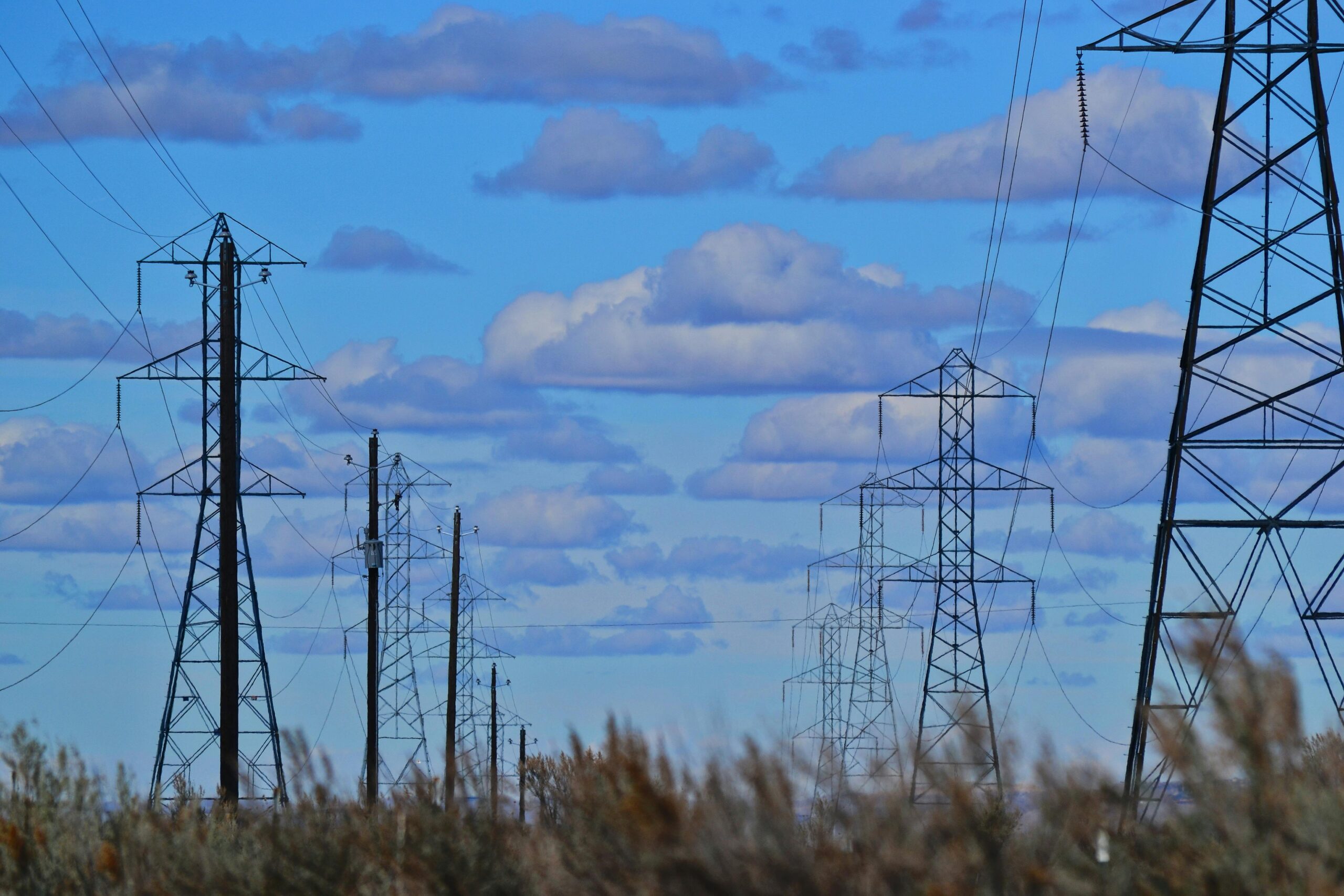New Law Alters National Energy and Investment Landscape
The new tax and spending law signed by President Trump on July 4 ends federal tax credits for wind and solar projects, a move that energy analysts say is likely to raise electricity rates across the country. The sharpest increases are expected in states without strong local policies supporting renewable energy development.
Without these tax incentives, wind and solar projects will become more expensive to build. This could reduce the number of renewable installations and lead to greater reliance on natural gas power plants, which are typically more costly to operate.
Varying Regional Impacts and Industry Concerns
Some states could see particularly steep electricity hikes. In Oklahoma, projections suggest increases of 60% to 350% over the next decade. Significant rate hikes are also expected in Kentucky, Missouri, and Kansas. Meanwhile, renewable energy manufacturers and investors face uncertainty due to changes in eligibility rules and guidance.
Industry representatives had advocated for a gradual phase-out of tax credits to avoid market disruption. However, the current policy landscape has introduced considerable volatility and risk.
Slower Emissions Reductions and Renewable Deployment
With fewer renewable projects anticipated, overall power generation may fall by a third over the next ten years. This also affects national climate goals. U.S. greenhouse gas emissions are now expected to decrease only 25% by 2035 compared to 2005 levels — significantly lower than previous projections under earlier policies.
The shift away from renewables and toward more natural gas usage comes at a time when electricity demand is expected to rise, creating new challenges for sustainable energy development and climate mitigation efforts.







